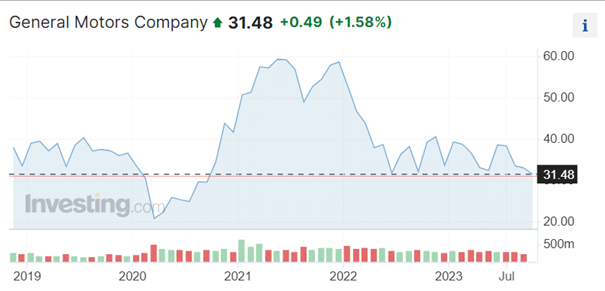Article said that General Motors and the Canadian union Unifor have reached a tentative agreement shortly after a strike involving 4,300 workers at three GM facilities began. This agreement follows a pattern set by Unifor's deal with Ford Motor and includes substantial wage increases of up to 25%. The strike was resolved after approximately 12 hours, preventing disruption to GM's profitable full-size truck production, and now awaits approval through a worker vote. The agreement includes crucial provisions, such as reduced time to reach top pay from eight years to four years, and addresses concerns over pensions, retiree income support, and the transition of temporary workers to permanent employees. While this is positive for workers, the agreement's final ratification remains pending, and GM has resumed operations at the affected facilities. The strike added to GM's ongoing challenges in the U.S., where a United Auto Workers (UAW) strike has caused significant daily losses since September 15. So, mixed news for GM, however, the positive thig about it is that the production stayed unharmed and continued to work without major interruptions.
Article continued with news that Deutsche Bank estimates that GM has experienced a production loss of 34,176 vehicles due to the UAW strike, despite the automaker having 442,586 vehicles in stock as of the previous week. The UAW strike has impacted two GM assembly plants and 18 parts distribution centers in the U.S., leading to the layoff of 2,300 U.S. workers. In contrast to Unifor's "pattern bargaining" approach, the UAW, under new leadership, has broken from this tradition. Unifor represents approximately 18,000 Canadian workers across Ford, GM, and Stellantis. Separately, the UAW revealed that 97% of General Dynamics manufacturing workers in Michigan, Ohio, and Pennsylvania voted in favor of authorizing a strike as their contract's expiration date approaches. In my opinion, as I mentioned before, there was minor disruption in production and there was small loss of vehicles, however, nothing too important.
As for their stocks, I see great potential. Current price is at around 31 USD, while the highest it has been in the last 5 years was just under 60 USD per stock. * This means that there is a high potential for the stock’s movement, if GM will provide more positive information and they will try to avoid scandals like the current one, which could harm them. I decided, based on everything, to enter the trade carefully.

Movement of General Motors stocks in the last five years. (Source: Investing) *
* Past performance is no guarantee of future results.








